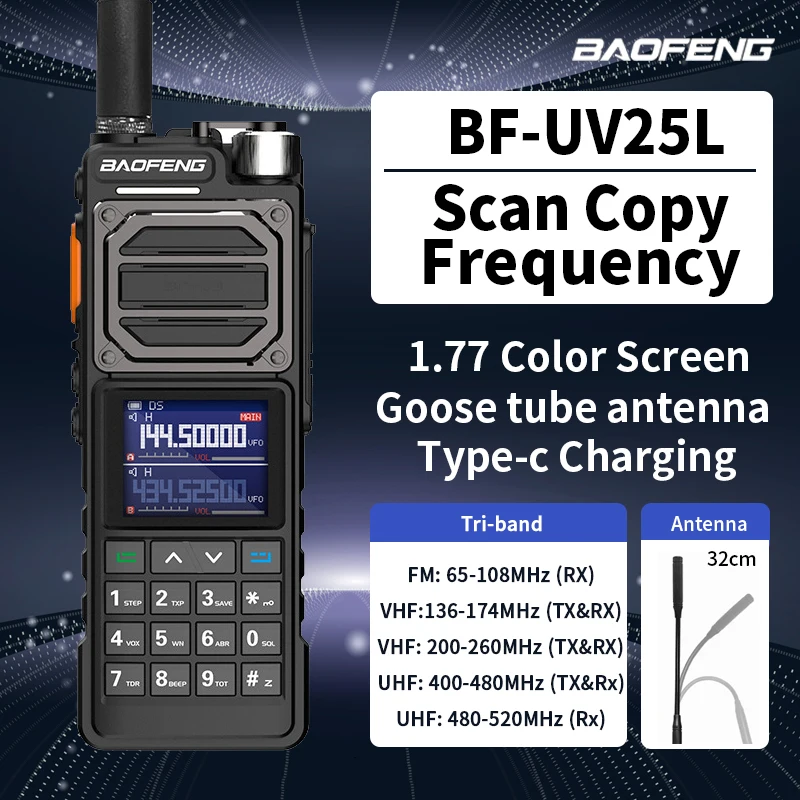The choice between UHF (Ultra High Frequency) and VHF (Very High Frequency) two-way radios depends on various factors related to your specific use case and environment. Here are some considerations to help you decide:
UHF Radios:
Advantages:
- Obstacle Penetration: UHF signals have shorter wavelengths, allowing them to penetrate obstacles like buildings and walls more effectively. This makes UHF radios suitable for urban environments and indoor use.
- Less Interference: UHF radios are less prone to interference from electronic devices, making them a good choice in areas with a high density of electronic equipment.
- Indoor Applications: If you plan to use the radios primarily indoors or in areas with obstacles, UHF may be the better choice.
Common Applications:
- Indoor communication
- Urban areas
- Warehouses
- Construction sites
VHF Radios:
Advantages:
- Longer Range in Open Spaces: VHF signals have longer wavelengths, allowing them to travel longer distances in open spaces. If your communication needs are primarily in outdoor, rural, or open areas, VHF may be more suitable.
- Natural Obstacle Performance: VHF signals are better suited for outdoor settings where obstacles are natural, such as trees and hills.
Common Applications:
- Outdoor activities (hiking, camping)
- Agriculture
- Search and rescue
- Marine communication
Considerations:
- Environment:
- Urban/Indoor: UHF
- Rural/Open Spaces: VHF
- Obstacles:
- Few Obstacles: VHF
- Many Obstacles: UHF
- Interference:
- High Electronic Interference: UHF
- Low Electronic Interference: VHF
- Range:
- Short Range (with obstacles): UHF
- Long Range (open spaces): VHF
- Licensing:
- Check licensing requirements for both UHF and VHF frequencies in your region.
- Specific Use Case:
- Consider the specific activities or industries you’ll be using the radios for, as certain applications may benefit more from one frequency band over the other.
General Advice:
- If you’re uncertain, consult with a local radio communications expert or supplier. They can provide advice based on your specific needs and local regulations.
- Consider the size of your coverage area, the nature of the environment, and any potential obstacles or sources of interference.
In summary, the decision between UHF and VHF should be based on your specific requirements and the environment in which you plan to use the two-way radios. Each frequency band has its strengths, so understanding your use case will help you make an informed choice.
